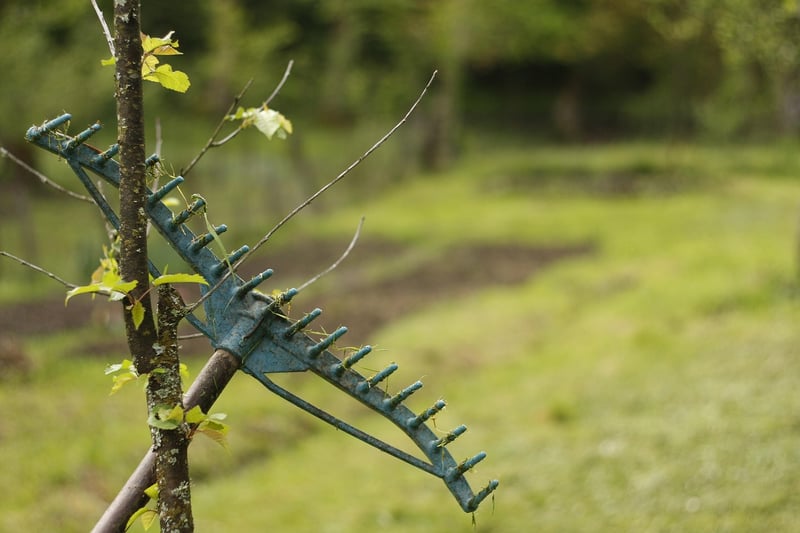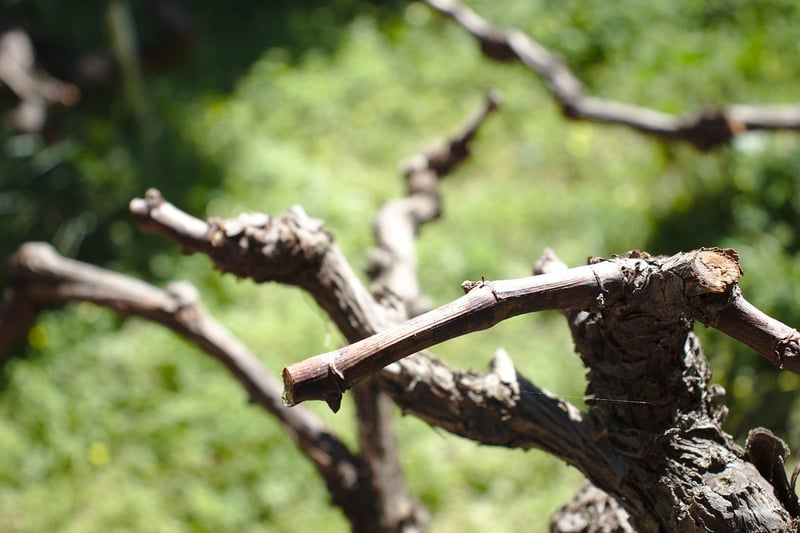Pruning Techniques
Nurture Your Greens: Essential Pruning Techniques for Healthy Plants

Greenery can breathe life into any space, but to keep your plants flourishing, proper care is essential. Pruning is a crucial gardening practice that not only promotes plant health but also enhances their aesthetic appeal. Here are some essential pruning techniques to help you nurture your greens:
1. Deadheading
Deadheading is the removal of faded or dead flowers from plants. This technique not only improves the overall appearance of the plant but also encourages new growth and prolongs the blooming period.
2. Pinching
Pinching involves using your fingers to remove the tips of plant stems. This method helps promote bushier growth and prevents plants from becoming leggy. Pinching is particularly beneficial for herbs and annual flowers.
3. Thinning
Thinning is the selective removal of branches or stems to improve airflow and sunlight penetration within the plant. This technique reduces the risk of diseases and encourages healthy growth.
4. Heading Back
Heading back is the removal of a portion of a branch to promote lateral growth. This technique helps maintain the plant's shape and size while encouraging new shoots to develop.
5. Rejuvenation Pruning
Rejuvenation pruning involves cutting back the entire plant to stimulate new growth. This technique is useful for revitalizing overgrown or struggling plants, allowing them to thrive once again.
By incorporating these pruning techniques into your gardening routine, you can ensure that your greens remain healthy, vibrant, and visually appealing. Remember to use sharp, clean tools and always prune strategically to avoid damaging the plant. Happy gardening!
For more gardening tips and inspiration, visit Gardeners.com.
